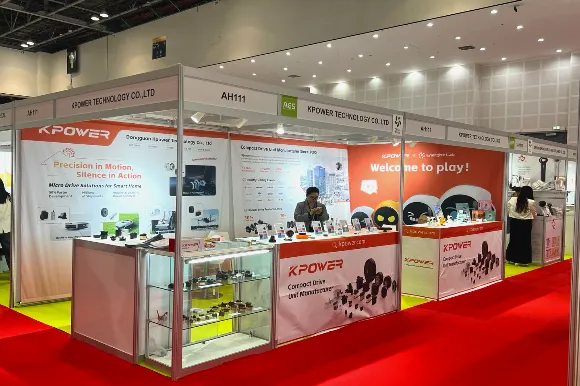Ever thought about how microservices keep chugging along when things get tough? Picture a bustling city, where traffic lights—small but vital—keep everything moving smoothly despite chaos. That’s resilience in microservices. It’s the secret sauce that makes sure a tiny glitch doesn’t turn into a full-blown system meltdown.

Resilience in this context isn’t just about bouncing back after a failure. It’s built into the architecture—smart, layered, adaptable. Imagine servers that can reroute traffic on the fly, like a GPS that suggests different routes when a main road is blocked. If one part of your system stumbles, others step in without causing a ripple effect. That kind of robustness is a game-changer, especially when customer experience is on the line.
Let’s get real. When microservices face a sudden spike in traffic or a hiccup in one component, a fragile system would buckle. It’s like a Jenga tower—tug at the wrong block, and everything collapses. But a resilient setup? It’s designed with redundancies and fail-safes. Circuit breakers act like vigilant guards, stopping a bad node from dragging down the whole network. Rate limiting acts like a regulator, preventing overload and keeping things within safe bounds.
Why does resilience matter so much? Think about an e-commerce platform during a flash sale. If one microservice—say, payment processing—goes offline momentarily, a resilient system detects this and shifts to backup services seamlessly. Customers might not even notice a hiccup. That’s real user experience magic. No crashes, no reboots, just smooth performance, even under pressure.
Ever wondered how to ensure your microservices stay resilient? It’s a mix of strategies. Some rely on automatic retries—if a request doesn’t go through, try again after a short pause. Others use health checks that constantly scan for failures before they spiral out of control. Distributed traces help in pinpointing issues fast, like having a GPS that not only reroutes but also shows where the traffic jam started.
But let’s not forget: resilience isn’t an on-off switch. It’s a mindset. It’s about continuously evolving, testing new failover methods, and not relying on a single point of failure. Think of it as a safety net—never a guarantee of zero accidents, but a way to catch you when you fall.
In the end, resilience in microservices isn’t just a tech buzzword. It’s what keeps your applications alive and kicking in unpredictable waters. When building your system, consider how each piece can adapt, respond, and recover. Because a resilient system isn’t just about surviving—it's about thriving, no matter what chaos throws your way.
Established in 2005, Kpower has been dedicated to a professional compact motion unit manufacturer, headquartered in Dongguan, Guangdong Province, China. Leveraging innovations in modular drive technology, Kpower integrates high-performance motors, precision reducers, and multi-protocol control systems to provide efficient and customized smart drive system solutions. Kpower has delivered professional drive system solutions to over 500 enterprise clients globally with products covering various fields such as Smart Home Systems, Automatic Electronics, Robotics, Precision Agriculture, Drones, and Industrial Automation.




































